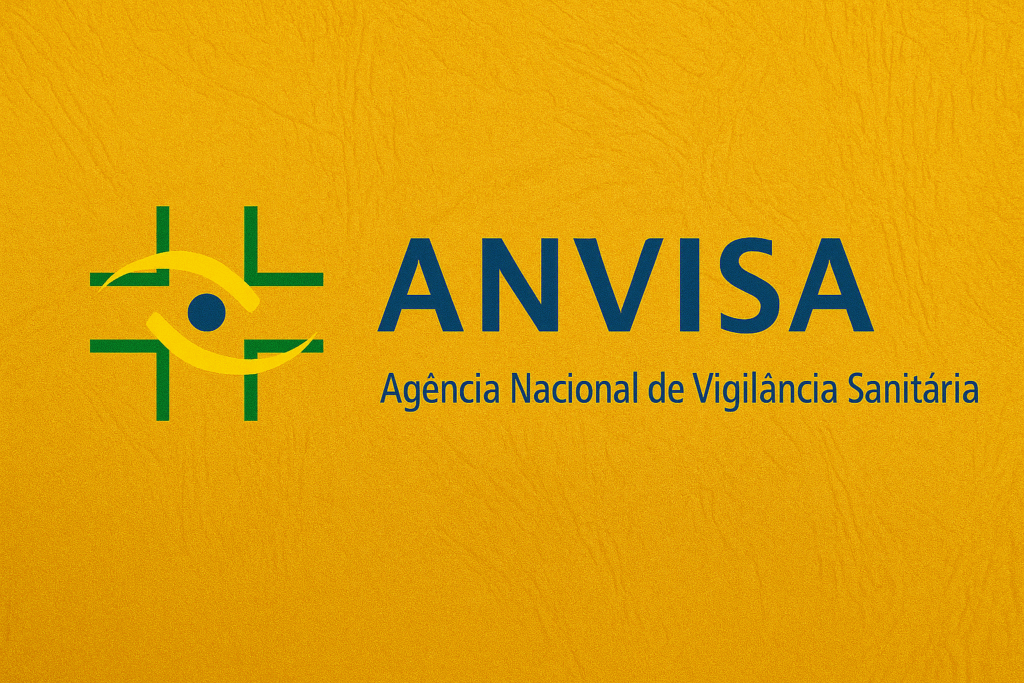Introduction
Brazil’s medical device market presents significant
opportunities for manufacturers worldwide. However, navigating the regulatory
landscape governed by ANVISA (Agência Nacional de Vigilância Sanitária)
requires a thorough understanding of the processes involved. This guide
provides a comprehensive overview of the ANVISA medical device registration
process, tailored for manufacturers seeking market entry into Brazil.
1. Understanding ANVISA and the Regulatory Framework
ANVISA is Brazil’s national regulatory authority responsible
for overseeing medical devices, pharmaceuticals, and other health-related
products. The regulatory framework has evolved over time, with RDC 751/2022
replacing the earlier RDC 185/2001, aligning Brazil more closely with
international standards such as the EU MDR.
2. Device Classification
Medical devices in Brazil are classified into four risk
categories:
- Class
I – Low Risk
- Class
II – Medium Risk
- Class
III – High Risk
- Class
IV – Very High Risk
Classification depends on factors such as the device’s
intended use, contact duration with the body, and level of invasiveness.
3. Appointing a Brazilian Registration Holder (BRH)
Foreign manufacturers must appoint a local representative,
referred to as a Brazilian Registration Holder (BRH). This entity will interact
with ANVISA, hold the product license, and ensure regulatory compliance
throughout the product lifecycle.
4. Technical Documentation Preparation
A robust technical dossier is vital and may include:
- Product
description and intended use
- Risk
analysis and mitigation strategies
- Clinical
evidence and performance testing
- Labeling
and Instructions for Use (in Portuguese)
- Quality
certificates such as ISO 13485
- Manufacturing
and sterilization process details
For Class III and IV, this documentation must be submitted
for review; for Class I and II, it must be maintained by the BRH and be readily
accessible.
5. INMETRO Certification (If Applicable)
If your device is electrical, electronic, or electromedical,
INMETRO certification may be required. This ensures the product meets Brazil’s
safety and performance standards. Devices without this certificate (if
applicable) may not be allowed entry into the market.
6. Good Manufacturing Practices (GMP) Certification
For Class III and IV devices, GMP certification is
mandatory. ANVISA may conduct an onsite inspection or accept proof through
participation in recognized programs like the Medical Device Single Audit
Program (MDSAP).
7. Submission to ANVISA
Depending on the device classification, the submission
process varies:
Notification (Class I & II)
- Simplified
process with no ANVISA review
- Instant
market access
- No
expiration date
Registration (Class III & IV)
- Detailed
dossier review
- Registration
valid for 10 years
- Renewal
before expiry is mandatory
Submissions are made via ANVISA’s electronic platform, with
fees depending on the risk class and product complexity.
8. Post-Approval Requirements
Once approved, manufacturers must:
- Ensure
Portuguese labeling and IFU
- Maintain
compliance with ANVISA’s post-market surveillance rules
- Report
adverse events and product recalls
- Submit
modifications or updates to ANVISA for approval
- Renew
registration for Class III & IV before expiration
9. How Titans Medical Consulting Can Help
At Titans Medical Consulting, we specialize in supporting
manufacturers with end-to-end regulatory solutions for the Brazilian market.
From device classification and technical documentation to GMP preparation and
ANVISA submission, our team provides tailored strategies to ensure faster and
smoother market access.
Whether you’re launching a single product or managing a
large portfolio, our consultants ensure that every regulatory step is mapped
out efficiently. We also offer BRH liaison support, INMETRO coordination, and
post-market compliance services.
Conclusion
Successfully registering a medical device with ANVISA
requires preparation, clarity on regulatory obligations, and reliable local
support. With evolving rules and complex pathways, manufacturers must stay
proactive to avoid delays and non-compliance. By working with trusted
regulatory partners like Titans Medical Consulting, you gain a strategic edge
in entering Brazil’s highly regulated yet rewarding healthcare market.
Sources
- ANVISA
Official Website – www.gov.br/anvisa
- RDC
751/2022 – Brazilian medical device classification rules
- INMETRO
Guidelines – Brazilian safety standards for medical equipment
- MDSAP
Official Program Information

